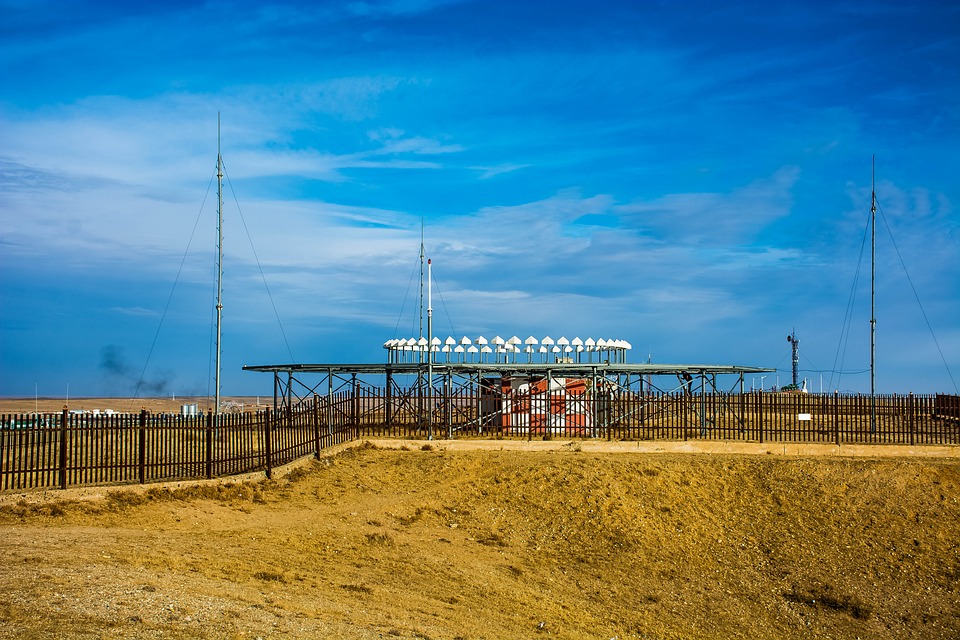
On this Page
On the Same Topic

Navigating the World of Hard Money Bridge Loans: What You Need to Know

Navigating the Ins and Outs of Buying a House with a Bridge Loan

Understanding Bridge Loan LTV: What You Need to Know
Navigating the Ins and Outs of a Bridge Loan to Purchase Your Dream Home
Buying a new home is an exciting and rewarding experience, but it can also be a complex and challenging process. One option that many homebuyers consider when purchasing their dream home is a bridge loan. A bridge loan is a temporary loan that bridges the gap between the purchase of a new home and the sale of an existing home. This article will explore the ins and outs of bridge loans and provide valuable information for navigating this financial tool to purchase your dream home.
What is a Bridge Loan?
A bridge loan is a short-term loan that is used to bridge the gap between the purchase of a new home and the sale of an existing home. This type of loan is typically used when a homeowner wants to buy a new home before selling their current home. Bridge loans are designed to provide the homeowner with the necessary funds to purchase a new home while they wait for their existing home to sell.
How Does a Bridge Loan Work?
When a homeowner takes out a bridge loan, they are essentially borrowing against the equity in their existing home. The loan is typically secured by the existing home and the new home that is being purchased. The homeowner can use the funds from the bridge loan to purchase the new home, and then repay the loan with the proceeds from the sale of their existing home.
Bridge loans usually have higher interest rates and fees than traditional mortgage loans, as they are considered to be riskier for lenders. However, bridge loans can be a valuable financial tool for homeowners who want to purchase a new home before selling their current home.
Pros and Cons of Bridge Loans
There are several advantages to using a bridge loan to purchase your dream home. Some of the key benefits include:
- Ability to purchase a new home before selling your existing home
- Flexible repayment options
- Quick access to funds
Despite these benefits, there are also some drawbacks to consider when using a bridge loan. Some of the potential downsides include:
- Higher interest rates and fees
- Short-term repayment period
- Risk of carrying two mortgages simultaneously
How to Qualify for a Bridge Loan
Qualifying for a bridge loan can be more challenging than qualifying for a traditional mortgage loan. Lenders will typically look at a variety of factors when determining your eligibility for a bridge loan, including your credit score, income, and the equity in your existing home.
To increase your chances of qualifying for a bridge loan, it is important to have a strong credit score, a stable income, and a significant amount of equity in your existing home. Lenders may also require you to provide documentation such as tax returns, pay stubs, and a sales contract for your existing home.
FAQs
What is the difference between a bridge loan and a traditional mortgage loan?
A bridge loan is a short-term loan that is used to bridge the gap between the purchase of a new home and the sale of an existing home. A traditional mortgage loan is a long-term loan that is used to purchase a home. Bridge loans typically have higher interest rates and fees than traditional mortgage loans.
How long do I have to repay a bridge loan?
Bridge loans typically have a short repayment period, usually between six months and two years. Some lenders may offer extensions or refinancing options if you need more time to repay the loan.
Can I use a bridge loan to purchase a vacation home?
While bridge loans are typically used to purchase a new primary residence, some lenders may allow you to use a bridge loan to purchase a vacation home. However, eligibility and terms may vary depending on the lender.
What happens if I can’t sell my existing home before the bridge loan is due?
If you are unable to sell your existing home before the bridge loan is due, you may be able to extend the loan or refinance it. Some lenders may offer options to help borrowers in this situation, but it is important to communicate with your lender and explore all of your options.
Are bridge loans available for first-time homebuyers?
While bridge loans are typically used by homeowners who already own a home, some lenders may offer bridge loans to first-time homebuyers. Eligibility and terms may vary depending on the lender, so it is important to research your options and speak with a lender who offers bridge loans.
Overall, a bridge loan can be a valuable financial tool for homeowners who want to purchase a new home before selling their existing home. By understanding the ins and outs of bridge loans and working with a knowledgeable lender, you can navigate this complex process and achieve your dream of owning a new home.